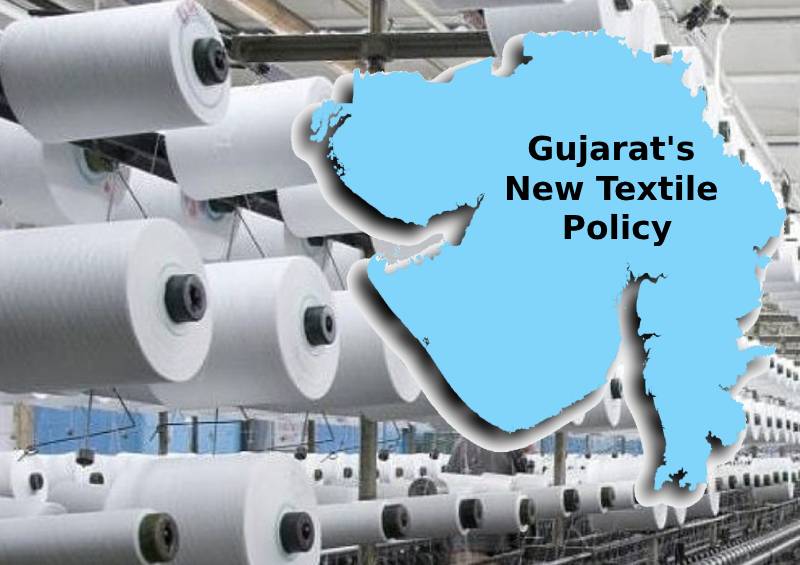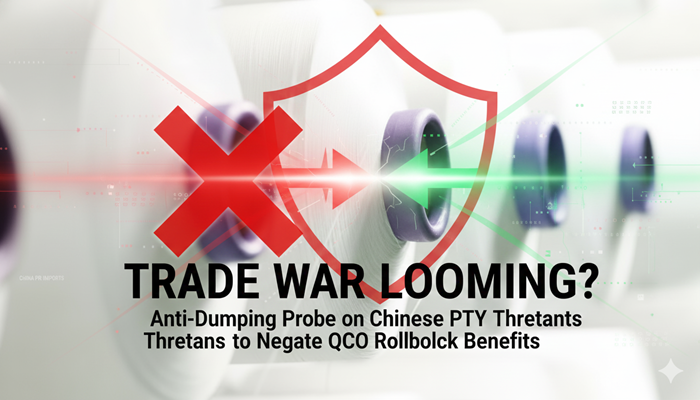
Gujarat has just announced its new textile policy for 2023-28. It promises significant incentives and infrastructure development for the sector. “We expect that the policy will be instrumental in attracting an investment of Rs 30,000 crore in the textile sector. One of the objectives of this policy is to make Gujarat a global hub of the technical textile sector. We also made provisions to ensure higher income for women self-help groups (SHGs) engaged in this sector," said chief minister Bhupendra Patel while unveiling the policy. But how does it stack up against policies in other textile hubs like Tamil Nadu, Maharashtra, and Uttar Pradesh? This analysis delves into the key features of various state textile policies, comparing their strengths and weaknesses, with a particular focus on Gujarat's latest offering.
Focus areas
State textile policies generally focus on several key aspects.
Capital subsidies: Financial assistance for setting up new units or modernizing existing ones.
Power and infrastructure: Subsidized power tariffs and support for developing textile parks and infrastructure.
Technology upgradation: Incentives for adopting new technologies and promoting innovation.
Skill development: Support for training and skill development programs for textile workers.
Marketing and export promotion: Assistance in promoting and marketing textile products in domestic and international markets.
To better understand the various focus areas of state textile policies here is a look at a comparative table of different state textile policies.
Table: Key features of state textile policies
|
Feature |
Gujarat (2023-28) |
Tamil Nadu (2019-24) |
Maharashtra (2018-23) |
Uttar Pradesh (2017-22) |
|
Capital Subsidy |
Up to 20% of eligible fixed capital investment, capped at Rs 7.5 crore |
Up to 25% of eligible fixed capital investment, capped at Rs10 crore |
Up to 25% of eligible fixed capital investment, capped at Rs5 crore |
Up to 25% of eligible fixed capital investment, capped at Rs10 crore |
|
Interest Subsidy |
Up to 7% on term loans for 7 years |
Up to 5% on term loans for 5 years |
Up to 7% on term loans for 7 years |
Up to 7% on term loans for 7 years |
|
Power Tariff Subsidy |
Rs 2 per unit for 5 years |
Rs 1 per unit for 5 years |
Rs 2 per unit for 5 years |
Rs 1 per unit for 5 years |
|
Infrastructure Development |
Dedicated textile parks with plug-and-play facilities |
Textile processing parks with common effluent treatment plants |
Integrated textile parks with common facilities |
Development of textile clusters and infrastructure |
|
Skill Development |
Subsidies for training and skill development programs |
Training programs for textile workers |
Skill development initiatives for the textile sector |
Focus on traditional textile crafts and skill development |
|
Focus Areas |
Technical textiles, man-made fibers, and apparel |
Cotton, silk, and handloom sectors |
Cotton, silk, and powerloom sectors |
Handloom, powerloom, and silk sectors |
How Gujarat's textile policy has an edge
Gujarat's new textile policy aims to build upon its existing strengths and further enhance the state's competitiveness. Some key focus areas are:
Emphasis on Man-Made Fiber (MMF) and technical textiles: Recognizing the growing demand for these segments, the policy offers higher capital subsidies and incentives for investments in MMF and technical textiles.
Focus on circularity and sustainability: Promoting sustainable practices and circular economy principles in the textile industry.
Enhanced support for Technology Upgradation: Increased emphasis on Industry 4.0 technologies, automation, and innovation.
Mega textile parks: Development of world-class infrastructure and facilities to attract large-scale investments.
A comparative analysis of Gujarat with other states reveals, Gujarat offers a higher capital subsidy compared to Maharashtra and Tamil Nadu, making it more attractive for large investments. The policy emphasizes technical textiles and man-made fibers, aligning with the industry's future growth areas. It provides more attractive incentives for these high-growth segments. Also, aligning with global trends, the policy promotes sustainable practices and resource efficiency, giving Gujarat an edge. And creating dedicated zones with world-class infrastructure can attract significant investments and boost exports.
However, certain areas still need more emphasis. Gujarat's power tariff subsidy is lower than Maharashtra, it could be a disadvantage for power-intensive textile units. Moreover, while the policy mentions skill development, it lacks specific details on the scope and implementation of training programs.
The Gujarat Chamber of Commerce and Industry (GCCI) has praised the government’s policy which focuses on fostering new industrial units expected to generate substantial employment opportunities. Indeed, Gujarat's new textile policy has the potential to significantly accelerate the growth of the state's textile industry. By focusing on high-growth segments, technology, and sustainability, the policy aims to create a globally competitive and future-ready textile sector. Successful implementation will depend on factors such as effective governance, ease of doing business, and availability of skilled labor.












